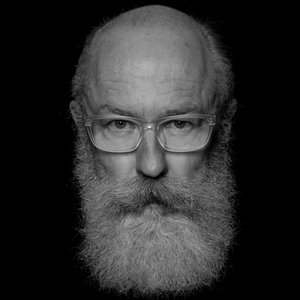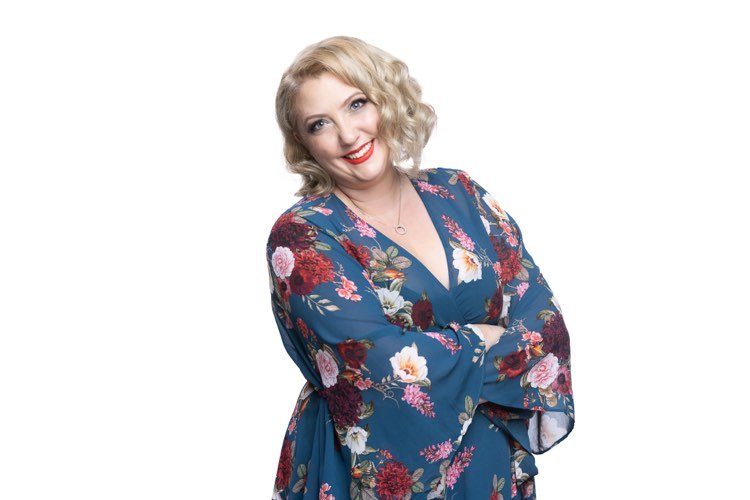Whatever your brand of creativity – visual artist, photographer, writer, performer, drag star – there comes a time when you want to stop doing it for your own enjoyment and start doing it for clients with real money. So how do you promote yourself in a way that is both creative and cost-effective?
Digital presence
Clearly a smart and sophisticated digital presence is important. You’re a creative so your website and digital assets need to reflect your work and your brand values. This will often be the first time someone sees your work, so you want to make a strong first impression.
It’s important that your online portfolio is up-to-date, relevant and looks good. And while smart is good, too smart can be off-putting. It’s important to find a balance between sophistication and accessibility. You need to make it easy for your followers and clients to find what they want and to get in touch with you, make a purchase or make a booking.
Narrative storytelling
It’s also important that it tells your story – you’re so much more than just your CV. Create a narrative that blends facts with emotion to really resonate with your audience. In branding terms, this is known as narrative storytelling, and it’s hugely impactful.
But your digital presence is just one element in a comprehensive campaign of promotion and engagement. And even creatives sometimes run out of inspiration for their own marketing. If you can unleash a little of your creative energy in a targeted and strategic manner, you will soon start to see some results.
Break through your barriers
But let’s first take a little jump to the left, and then a step to the right, because even before the marketing comes your self-belief in what you do. As Steven Pressfield says in his best-selling book The War of Art: Break through the blocks and win your inner creative battles, it is very often fear, self-doubt, procrastination and/or perfectionism that are the real barriers to a successful creative career.
Artist and theorist Stephen Richardson has been making and exhibiting artworks for decades, here and overseas; he’s also taught art and design at university. He agrees that self-belief is key.
‘It has to begin with self-confidence,’ says Richardson. ‘You need the confidence and self-belief to put yourself, and your work, out there. I’ve seen many artists who make great work but don’t have the confidence to knock on gallery doors, portfolio in hand, and say “take a look at this” and that’s sometimes what you have to do.’
Self-publish your book
Richardson is currently doing a PhD in art theory at La Trobe University, 20 years after completing his MVA. He recently published an artist’s monograph to accompany his exhibition The Empty Object.
‘Self-publishing is so sophisticated now that you can produce an extremely professional book for very little cost. I had them for sale at the exhibition; I also gave a copy to everyone who bought an artwork. This is another way of getting my name and my work out and about, and just ticks another professional box.’ There are many self-publishing platforms available online but Richardson recommends Lulu Press.
Don’t work free
Author Jeff Goins famously challenged the myth of the starving artist with Real Artists Don’t Starve: Timeless strategies for thriving in the new creative age, his book for creatives that came out in 2017. Divided into three sections – Mindset, Market and Money – this hit book is part self-help guru and part how-to practicality. With chapters such as Cultivate Patrons, Diversify your Portfolio and Make Money to Make Art, this is both useful and inspirational. One of the key messages comes in Chapter 9 – Don’t Work for Free.
This is a really important takeout for any emerging or aspiring creative. We’ve all had those clients who say ‘look, there’s no budget, but we’ll give you great exposure’ as they ask you to work free of charge. These approaches need to be treated with extreme caution. Try asking your local tradie the same thing: ‘Look, I can’t pay you to fix my plumbing, but I’ll say really nice things about you on socials.’
Take a browse through any of the social media groups for creatives and you’ll see people from all fields who are frustrated by this type of approach. And while there can be times when you want to give something away, there needs to be a good reason and the value of that work needs to form part of your marketing budget.
But you can give it away!

Visual and conceptual artist Geoffrey Gifford does give away work as an integral part of his planned strategy for engagement and promotion. Each month one of his followers wins a signed and numbered print valued at $495.
‘I know giving away your artwork seems shocking and paradoxical, but it gains attention in a positive way,’ says Gifford, who also makes large-scale 3D works. ‘Obviously, the choice of artwork is important. I choose prints because they are multiples and they can be shipped anywhere.
‘The short-term plan is to get more followers; the long-term plan is to migrate these followers to buyers. I’ve grown my email list by 50% and I can now send more personalised emails to those new members.’
Gifford says that offering a giveaway lets you introduce yourself and your art to people who may otherwise never get to see your work in person.
The multiplier effect
‘When a winner gets an artwork and displays it in their home, they have a relationship with you that grows over time. And that multiplies too. Their friends see it, they mention their win on socials and so it introduces your work to another new audience.’
There is also the positive endorsement value of comments and reviews from the recipients. One winner commented recently ‘Hey, I love my print more and more all the time. Seeing new things in it, new form and colour. So beautiful. Thank you!’
Always be sure to capture any positive testimonials to promote your work and use them as a great selling tool too. And, as Gifford observes, real artwork cannot be flipped past in a second and forgotten like all those images in the digital world.
Give to a good cause
Another worthwhile avenue for giving away your work can be a donation to a fundraising auction. This works well if the organisation or cause aligns with your personal values, and if there are synergies between their audience and yours. People will see your work, at the event and online, and a well-heeled audience may push the price up too which is great for both you and the organisation.
As your creative career progresses, there will come a time when you want (and can afford!) to hire a professional to take care of your advertising and to help promote your work. But until that time comes, it’s a great idea to learn the basics of marketing and public relations to help you connect with the media and your audience.
Learn to DIY your PR
Libby Trainor Parker is a writer, performer and arts entrepreneur who knows how hard it is to cut through the clutter and get your message out there. She has created a DIY PR workshop especially for the creative industries.
‘I have worked as an artist and publicist and an arts journalist, so I designed a workshop from all those angles to help artists put together a press kit, write a media release and pitch to the press, so they can promote their work,’ says Trainor Parker. And while she knows it’s not easy, she’s happy to share all her hard-learned secrets.
‘Sometimes it’s really tough to get a story out there, but with a great lede (journalistic hook) and an awesome photo, it’s easier to shout your story to those who need to hear it,’ she says.
Read: Tips on maximising your open studio event
The workshops cover everything from writing killer press releases, to pitching etiquette and creative ways to market your artistic endeavours via social media, newsletters, websites and other creative means.
‘Finding the time to work out a marketing schedule can be daunting, but with a basic strategy it takes the edge off and it becomes manageable. It can even be pretty fun,’ she says. ‘It can be expensive to hire a publicist and sometimes it’s easier and more cost-effective to do it yourself and blend it with a solid marketing strategy.’
Use local resources
While these DIY PR workshops are held at Prompt Creative in Adelaide, where Trainor Parker is based, you can find similar ones around the country. Many professional associations, such as those for writers, filmmakers or artists, run courses in how to promote your work, marketing and public relations. You can also check out small business groups, adult education centres and local libraries. This can be time and money well-spent.
Get your work into the wild!
And the last word on getting your work out there goes to artist Geoffrey Gifford. ‘As an artist, your role is to affect people on some level. A real artwork out in the wild is the best way to reach people and have a lasting impact.’ So, get your work out into the wild and see what happens!





